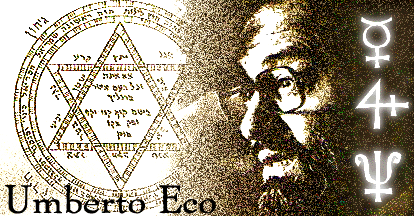Lesson 1: "What is semiotics?"
Semiology and Linguistics (2)
Semiotics began to become a major approach to cultural studies in the late 1960s,
partly as a result of the work of Roland Barthes  . Barthes declared that Уsemiology
aims to take in any system of signs: images, gestures, musical sounds, objects, and the
complex associations of all of theseФ. . Barthes declared that Уsemiology
aims to take in any system of signs: images, gestures, musical sounds, objects, and the
complex associations of all of theseФ.
Whilst Roland Barthes declared that 'perhaps we must invert Saussure's formulation
and assert that semiology is a branch of linguistics', others have accepted Saussure's
location of linguistics within semiotics (Barthes 1985, xi).
However, even if we theoretically locate linguistics within semiotics it is difficult to avoid adopting the linguistic model in exploring other sign systems.
Semioticians commonly refer to films, television and radio programmes, advertising posters
and so on as 'texts', and to 'reading television' (Fiske, John & John Hartley (1978): Reading Television. London: Methuen ).
Example /perfomed by M.Oschepkova/
|
Class assignment (pair work, done orally):
Present the information on the following 4 pages (frames 3-6) as article extracts (from web-publications or paper editions).
Design them to look appropriately.
Do the following:
- hightlight the keywords,
- highlight the main idea,
- add subheadings (if necessary),
- segment the information (if you think it appropriate),
- add an illustration or an icon if you want.
You may use ".doc" format file for creating your project.
Example (based on the quotation above):
The study of Уeverything which can be used in order to lieФ

Semiotics is concerned with everything that can be taken as a sign.
A sign is everything which can be taken as significantly substituting for something else.
This something else does not necessarily have to exist or to actually be somewhere at
the moment in which a sign stands in for it.
Thus semiotics is in principle the discipline studying everything which can be used
in order to lie. If something cannot be used to tell a lie, conversely
it cannot be used to tell the truth; it cannot in fact be used 'to tell'
at all.
I think that the definition of a 'theory of the lie' should be taken as
a pretty comprehensive program for a general semiotics.
|
Resources for Lesson 1:
Chandler, Daniel. Semiotics for Beginners.
Danesi, Marcel, and Paul Perron. Analyzing Cultures: An Introduction and Handbook. Bloomington: Indiana UP, 1999.
Eco, Umberto. A Theory of Semiotics. Indiana UP, 1976.
|
ѕермский государственный университет
|